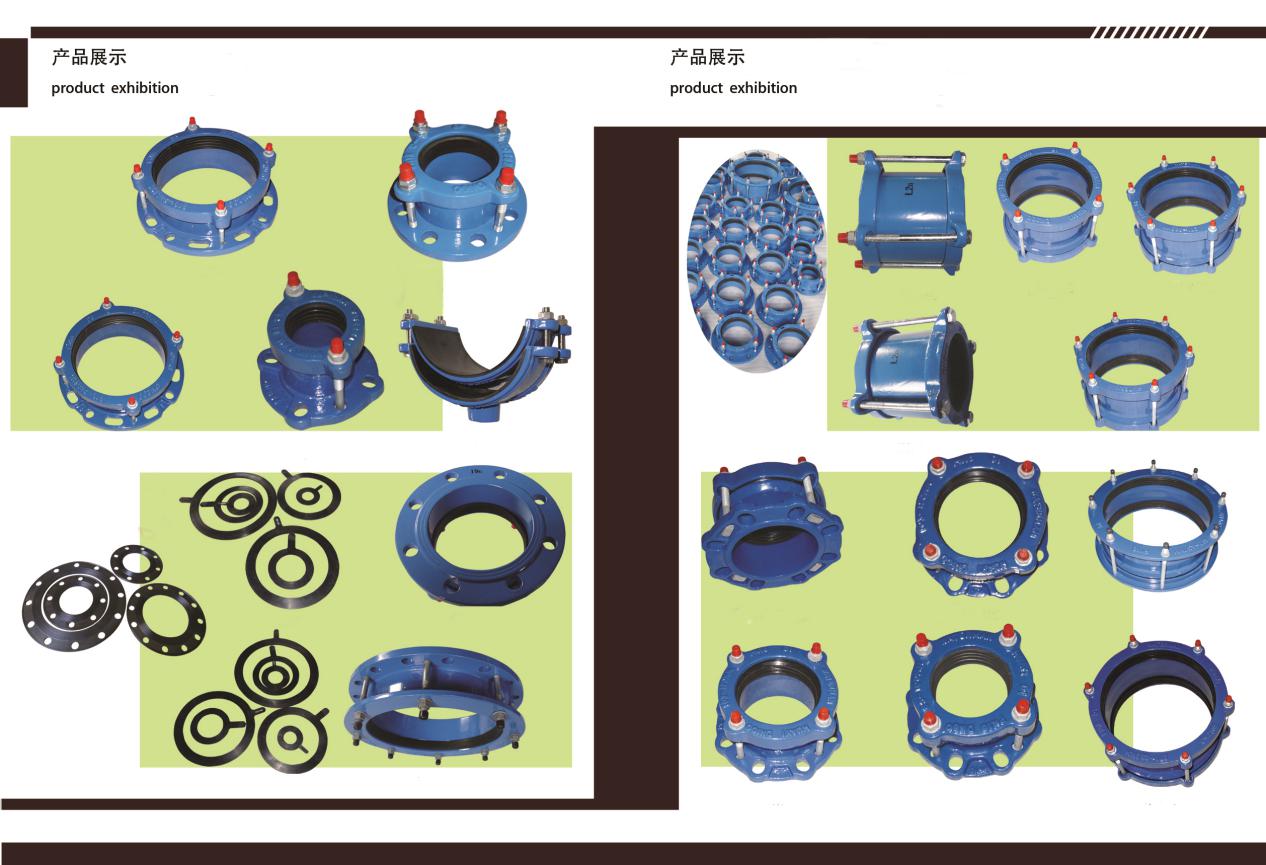1. Preparation
(1)Materials: butter, cotton yarn, leak detection liquid, sealing gasket.
(2)Tools: wrench, screwdriver.
2. Operation steps
(1) Remove the flange connecting bolts, remove the valve or remove the leaking pipe section. Remove worn seals on the sealing surface.
(2)Choose a suitable gasket and spread a layer of butter evenly on both sides.
(3)Place the gasket on the sealing surface between the two flanges, align the center of the two flanges and the center of the bolt hole, install the bolt, screw on the nut, and evenly tighten the nut diagonally multiple times. The length of the bolt extending from the nut is preferably 2 to 3 pitches. After the flange gasket is installed, it should pass the working pressure test and no leakage is qualified.

3. Technical requirements
(1)Care should be taken to prevent damage to the flange.
(2)After completion, the tools should be cleaned and maintained.
4.five points for gasket installation
(1)The right choice: the form, material and size of flange, bolt and gasket should be selected according to the operating conditions and the structure of the flange surface.
(2)Check finely: Before installation, the quality of flanges, bolts, nuts and gaskets should be carefully checked, and there should be no burrs, unevenness, cracks and other defects. Check the installation of flanges and pipes carefully, and there should be no deviation, misalignment, misalignment, etc.
(3)Washing: The sealing surface of the flange must be cleaned, and the bolts and gaskets must not be contaminated with impurities or oil.
(4)Correct installation: the gasket should be concentric with the pipe or fitting.
(5)Evenness: the application force of the mounting bolts and nuts is even, and it is tightened symmetrically in multiple times.